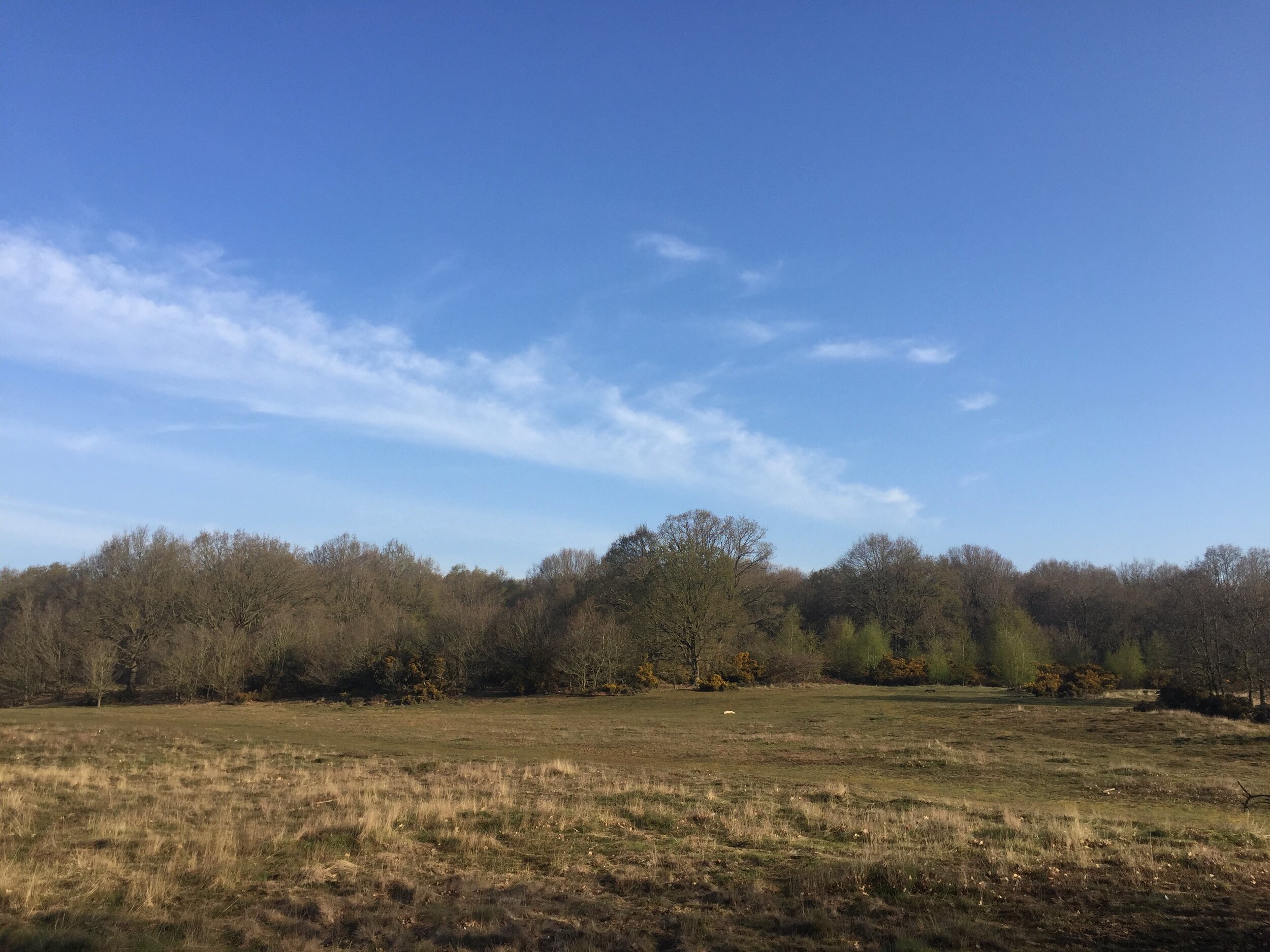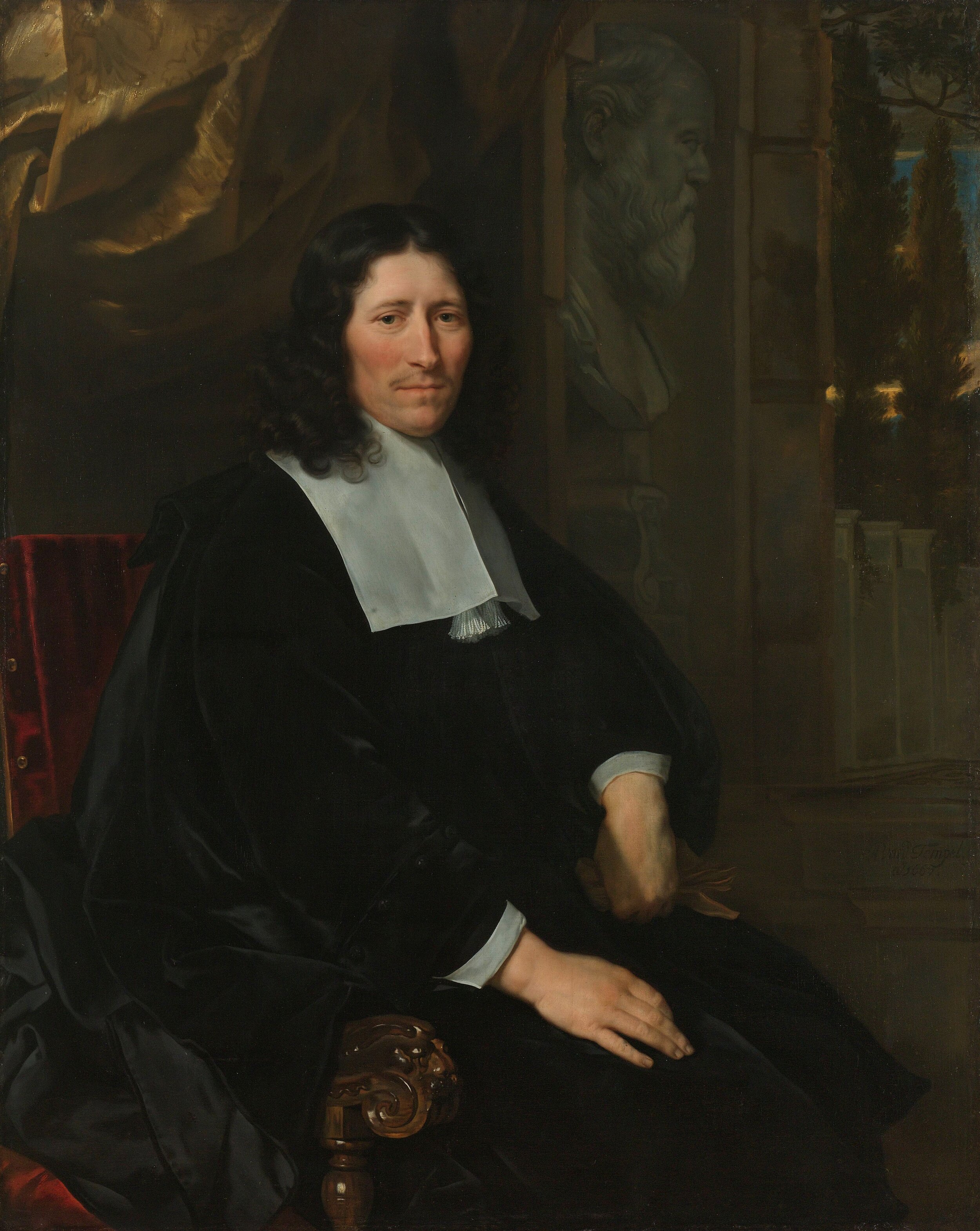Having explored historical perspectives on urban commons in our first webinar, our second - held on 29th April 2021 - turned to ‘Present Uses of Urban Commons’. The webinar opened with a talk by Professor Chris Rodgers (PI on the Wastes and Strays project) entitled ‘Forever Green? Nourishing our urban commons in a post-pandemic context’. After the talk and a brief Q&A session, we divided into break-out groups for discussion around four themes: defining urban commons, tradition, identity, and environmentalism.
John Singer Sargent, Octavia Hill, oil on canvas, 1898. NPG 1746. Reproduced with thanks to the National Portrait Gallery under a creative commons license.
Professor Rodgers began his talk by noting that while the current global pandemic has highlighted the urgent need to protect green space, that imperative has been around for many years, citing the warning given in 1877 by Octavia Hill (one of the founders of both the National Trust and the Commons Preservation Society) that people should not allow any of their open space to be lost. Yet, urban commons remain under threat today, not least as a result of austerity and the selling off of open spaces by local councils desperate to maintain essential services. Moreover, preservation has been hampered by confusion and misunderstanding regarding the legal designation of urban commons and their protected status (or lack of it). The legislative framework varies from one urban common to the next. Moreover, legal definitions are not good at capturing the variety of uses to which green spaces are put, and can end up restricting rights to certain groups. Furthermore, legislation and judicial decisions have limited the ability of communities to acquire communal use rights and create new commons. Rather than relying on existing legal definitions, then, Professor Rodgers suggested that it would be better to think in terms of key characteristics shared by all urban commons. While they may have different origins, resulting in different legal protection, and are subject to multiple uses, all provide vital ecosystem services from which we benefit. Given this, Professor Rodger argued, it is ecosystem services that should provide the key to protecting these important spaces in the future.
So what do we mean by ecosystem services? They include a range of uses or benefits of the land, including resources for industry and/or agriculture, recreational access, spaces for social and political gatherings and protest, and sites of cultural heritage. One of the advantages of focusing on ecosystem services is that it allows for a dynamic assessment of the value of the space rather than one that is static and fixed on use at a particular point in time.
Nomansland Common, Hertfordshire. Wastes and Strays 20th April 2019. Image by Rachel Hammersley.
Professor Rodgers ended his talk by arguing for a new Community Charter for green space. At the heart of the Charter would be a new ecosystem services appraisal system. By embedding such an appraisal into the planning process it would be possible to prioritise and promote the provision of community green spaces, offering proper protection (on the basis of their use and value) to those that currently exist and facilitating the creation of new urban commons where they are not currently available. By this means, Professor Rodgers argued, we can perhaps ensure that Octavia Hill’s vision for the protection (and expansion) of green space can become a reality in post-pandemic times.
The entrance to Leazes Park, Newcastle. Wastes and Strays 1 September 2020. Image by Rachel Hammersley.
Professor Rodgers' reconsideration of how we define urban commons was explored in greater detail by one of our break-out groups. The group felt that the first question to ask was what purpose the definition was designed to serve. Whatever the purpose, group members were adamant that a single, fixed definition was unhelpful, and they called instead for a higher level, multi-faceted definition inclusive of different uses. They suggested that rather than speaking of urban commons it might be more helpful to refer to 'commons in urban areas' which would allow for the possible inclusion of both former rural commons now situated within city boundaries thanks to urban expansion, and even virtual commons. The group spent some time discussing the different connotations of the terms 'public good' and 'common good'. While the two are often used synonymously, there is more of a sense of coming together, reciprocity, and shared effort implied by the notion of the common good. Another issue that was explored was the fact that commons tend to be wilder than other public spaces such as parks. But it was noted that the fluid nature of commons can blur this distinction. Do public parks that lose their funding and become neglected automatically become commons? What is the status of wild spaces that are tidied up by the local authorities or by communities themselves, do they cease to be commons as a result? Finally, the group reflected on how Covid-19 has impacted on our understanding of commons. It was noted that, due to social distancing, people's experiences of urban commons over the last year have been more individualised and that this may have diluted the sense of the common ownership and shared use of these spaces.
While the events of the last year have impacted on how we think about urban commons, our understanding of them is grounded in a much longer history. The group focusing on tradition was asked to think about whether city residents are aware of the history of their local urban commons; if so, how they gain knowledge of them; and whether that history matters to them. Group members involved with the management and maintenance of Mousehold Heath noted that volunteers on that common vary as to how much historical knowledge of the area they have when they first arrive, but even those who come with little awareness often find that it becomes important to them as they become invested in the area. Particularly for those volunteering on a regular basis, there is a sense of being part of a tradition that stretches back over many generations and this creates a sense of belonging and adds significance to the work they do. The group reflected on contrasts in this regard between urban commons in cities of different sizes. Whereas Mousehold Heath and Newcastle's Town Moor are very closely identified respectively with Norwich and Newcastle and their inhabitants, there is not the same sense of communal ownership for a common like Epping Forest, which lies on the eastern edge of London and is unknown to many Londoners. The group also discussed the way in which the history of a common can play into current issues, noting that in recent campaigns on several commons reference was made back to the historic use and also to earlier opposition to encroachment. This can be seen historically too, with those involved in conflict in the mid-nineteenth century between the Freemen and the Town Council over Newcastle's Town Moor often invoking the controversies of the late eighteenth century. Finally, the group thought about how best to reflect and transmit the history of urban commons to visitors today. Some use is made of interpretation boards, leaflets, and history walks or school visits, but it was suggested that new digital technologies perhaps present possibilities that have not yet been fully exploited.
Long Valley, Mousehold Heath. Wastes and Strays. Image by Sarah Collins. This valley is thought by some to have been the site of the final battle during Kett’s Rebellion of 1549 an event still closely connected to Mousehold Heath in the popular imagination.
Perhaps not surprisingly, there was some cross-over between discussions in the group focusing on tradition and that exploring the theme of identity. Here too it was noted that it is often through engagement that people come to identify with a particular space and its history. The example of a neglected riverside area in Gateshead was given. It had been all but forgotten, but once members of the community were involved in renovating it, the direct engagement of individuals with the landscape helped to create a sense of identity. It was suggested that there is a distinction between rural and urban areas in this regard. In a region like the Cotswolds there is lots of open space, but that very abundance can mean that people do not identify with a particular common or area; and, of course, much of the land in those areas is privately owned. By contrast, in cities there are generally fewer green spaces, making them more precious but also potentially more fragile. Together these qualities can create a stronger sense of identification. Just as in the discussions at our previous webinar, it was observed that social class plays a role here, with a stronger sense of identification between locals and urban commons often evident in middle-class areas or among middle-class residents of an area. Furthermore it was noted that it is easier for those already in a position of influence within the community to engage productively with local authorities. In this regard, the impact of Covid-19 was deemed to be positive. Not only have urban commons been used more extensively during the pandemic, but they have also been used by a wider range of locals resulting in the creation of new identities and relationships to those spaces.
Wildflowers in Valley Gardens, Brighton. Wastes and Strays, 20 August 2020. Image by Siobhan O’Neil.
The importance of urban commons has not just been brought into focus by the pandemic, the protection of open green spaces was already rising up the political agenda prior to the emergence of Covid-19, thanks to the growth in environmental concerns. Urban commons are, of course, crucial tools in combatting climate change but, as the group focusing on this topic acknowledged, the issues are complex. Decisions about commons are not necessarily taken communally, but depend on the views of the landowner or those involved in the management of the space. Even among those who are committed to combatting climate change, there are debates around the best policies to pursue. Tree planting is seen by some to be key, but it may not always be the most effective option, with biodiversity regarded by some as a better strategy. Yet this in turn can raise problems, since, particularly in the early stages, biodiversity may interfere with the access of local communities to the space. The group had a lively discussion about rewilding, the extent to which that actually takes land back to an 'original' state, and the question of exactly what the 'original' state of the British countryside was. The group concluded that while sustainability is certainly to be encouraged, it is necessary to take ecological specificity into account.
In the final discussion it was noted that there is a need for communication and collaboration: between the authorities responsible for managing the commons and the communities in which they lie; and also between researchers and activists. It is our hope that through this project we can encourage, facilitate, and sustain those relationships so as to secure the valuable urban commons of this country for future generations.













